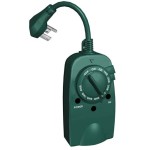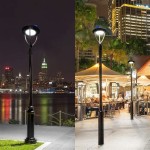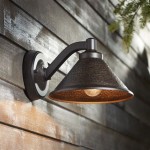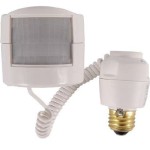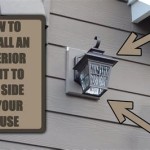Outdoor Wedding Photography Lighting: A Guide to Capturing the Magic
Outdoor wedding photography offers a plethora of natural light, creating stunning backdrops and a sense of warmth and intimacy. However, mastering outdoor lighting can be challenging, requiring careful planning and technical expertise. Effective use of natural and artificial light sources is crucial for creating captivating images that preserve the beauty and joy of the day.
Understanding Natural Light
Natural light is the most essential element in outdoor wedding photography. It offers a soft, diffused quality that flatters subjects and creates a natural, romantic ambiance. However, natural light is constantly changing throughout the day, impacting the quality and direction of light.
Golden Hour: The hour after sunrise and the hour before sunset, known as the "golden hour," is renowned for its warm, rich light. This time of day casts long shadows and creates a soft, romantic glow.
Blue Hour: Occurring shortly after sunset and before sunrise, the "blue hour" provides a cool, blueish light that can create dramatic and ethereal images.
Midday Sun: While midday sun offers strong, direct light, it can be harsh and create harsh shadows on faces. It's best to utilize shade or seek out areas where the light is diffused through foliage or clouds.
Harnessing Artificial Light
While natural light is typically the primary source for outdoor weddings, artificial light can enhance certain elements and create unique effects.
Flash: A flash can be used to fill in shadows or add a pop of light to a subject. A bounce flash technique, where the flash is directed onto a reflector or white surface, can soften the light and create a more natural feel.
Off-Camera Flash: Placing a flash off-camera allows the photographer to direct light from different angles, creating dramatic lighting effects. It is especially useful when working with backlighting or capturing night portraits.
Ambient Light: String lights, lanterns, or other ambient sources can add a festive touch and create a warm, inviting atmosphere. These lights can be incorporated into the photography to enhance the overall feel of the images.
Essential Techniques for Outdoor Wedding Photography
Effective outdoor wedding photography requires several techniques to capture the essence of the event.
Use a Reflector: A reflector can be used to bounce light back onto the subject, softening shadows and brightening the overall image.
Experiment with Angles: Varying the angle of the camera can dramatically impact the lighting and composition of the photograph. Consider shooting from high, low, and side angles to create interest and depth.
Utilize Natural Diffusers: Large trees, awnings, or even cloudy skies can act as natural diffusers, softening the light and creating a more pleasing effect.
Capture the Details: Beyond the posed portraits, pay attention to the details of the day - the flowers, the decorations, the guests' emotions, and other elements that contribute to the unique story of the wedding.
By understanding natural and artificial light, employing proper techniques, and staying adaptable throughout the day, photographers can capture the beauty and emotion of an outdoor wedding in images that will be cherished for years to come.

Outdoor Wedding Lighting Inspirations Nk Ions

Flash Low Ambient Light Adapting During An Outdoor Wedding Ceremony Tangents

Using Lights For Outdoor Night Time Portrait Photography

35 Wedding Light Ideas Forward

Snap Tips Great Wedding Reception Lighting Photographers In Ri Weddings

Your Ultimate Guide To Wedding Lighting Lights Outdoor Decorations

Outdoor Wedding Lighting Ideas Complete Weddings In Albany

Affordable Lighting For Weddings Complete Events Uplighting

Photographing Outdoor Receptions Huntsville Phoenix Scottsdale Nashville Wedding Photographer Melissa Jill Photography

Lighting Gear For Outdoor Portraits B H Explora
Related Posts
